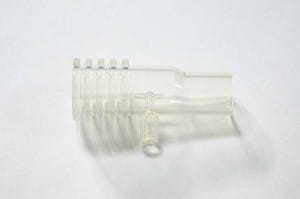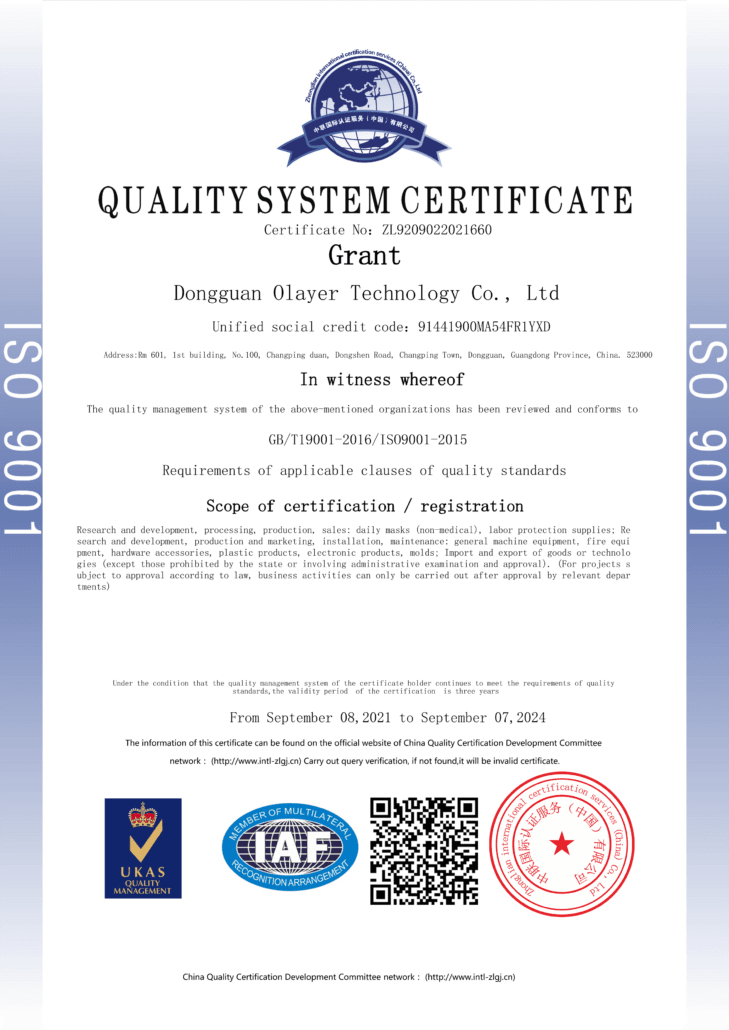Injection Molds Prototypes
Injection molds prototypes fulfil a number of needs in the plastic injection molding process. Inventors, industrial designers, manufacturers and others are constantly seeking ways to develop new products in a short time span.
Who needs prototype injection molds?
Perhaps it is the need for speed that drives you to have an injection mold prototype built. You might want to beat the competition to the marketplace and don’t have time for a hardened production tool.
You might also need to see how various components of an assembly actually fit and function; an injection mold prototype is perfect.
You can quickly and relatively inexpensively have an injection mold maker build a prototype. Most prototypes last a lot longer than they are guaranteed to, so you might even get some short production out of the deal!
Types of injection mold prototypes
You can get a prototype built out of aluminium, pre-hardened steel or even non-metallic composites. Each has their advantage and special features. Aluminium is the most common material used in prototypes because it is very easy to machine, yet is able to withstand the injection molding process.
Plastic Mold Maker Company
There are several mold grades of aluminum commonly used, such as Alcoa’s QC-10. This is a remarkable material in that it is relatively hard, able to be machined in great detail, and is 4 times more conductive than steel. This conductivity can help reduce cycle times in molding.
Aluminium, such as QC-10 can be CNC machined, WEDM’d, sinker EDM’d and highly polished. About the only thing, it cannot do it last as long as steel. A bit more care must be taken when working with it as well, due to the fact that it is still aluminum, not steel!
Another common choice for injection mold prototypes is pre-hardened steel, such as P-20 or PX-5. These and other steels are widely used if a higher production is required, or there are fine details that exceed the ability of the aluminum to be machined
These steels are also fairly easy to machine, especially PX-5. This steel is harder than P-20, but easier to the machine and polishes better as well. There are two other pre-hardened sheets of steel that are often used: NAK-55 and NAK-80. These steels are excellent, especially when there is a need for polishing. Many prototype injection molds have produced far more high-quality parts than expected, and the quality of the material is a major reason.
How long does it take to get a prototype injection mold?
Naturally, this depends on your pocketbook! It is not uncommon to get a quality prototype in 1-4 weeks. Of course, the more complicated your design, the longer it will take. Most injection mold makers can deliver very quickly, especially for a premium.
What are some tips to succeed with prototypes?
Work with the Plastic mold designer and injection mold maker to make your part as easy to produce as possible. This will speed things up dramatically and reduce your expense. Undercuts, side actions, lifters and such add to the cost exponentially. Often it is possible to achieve the desired part without having necessarily all the features that the final product might contain.

